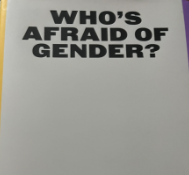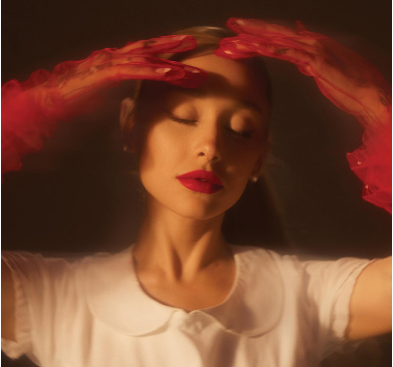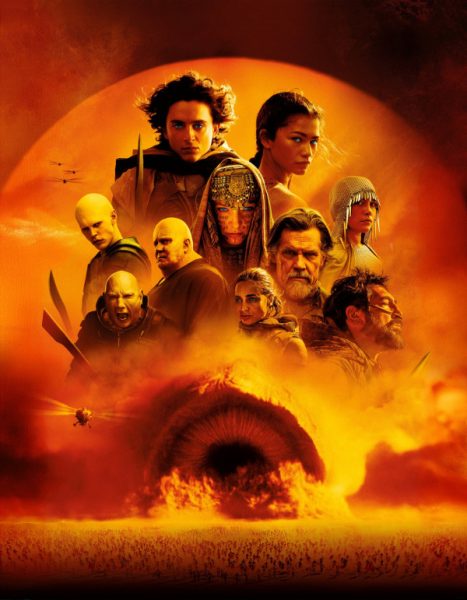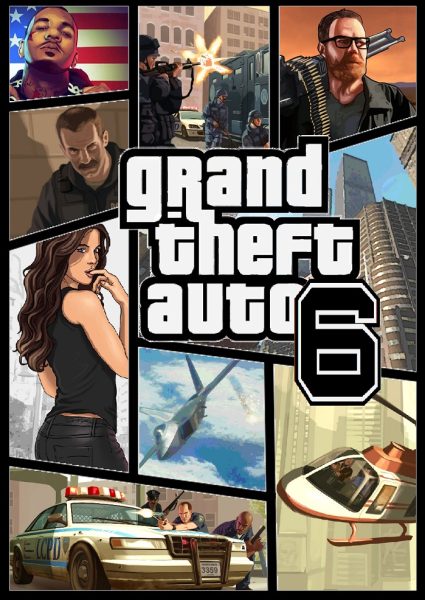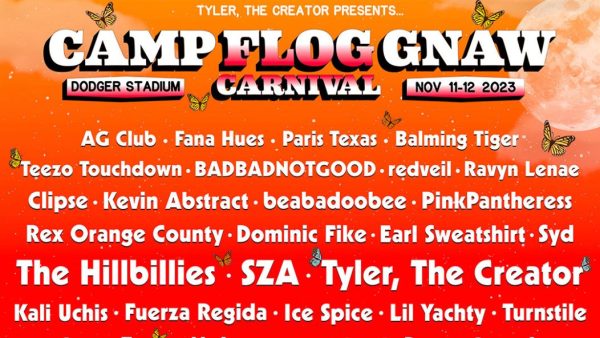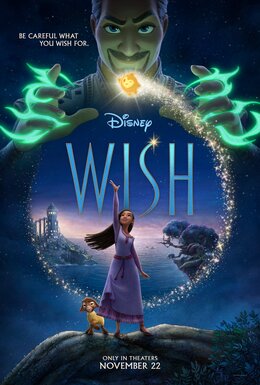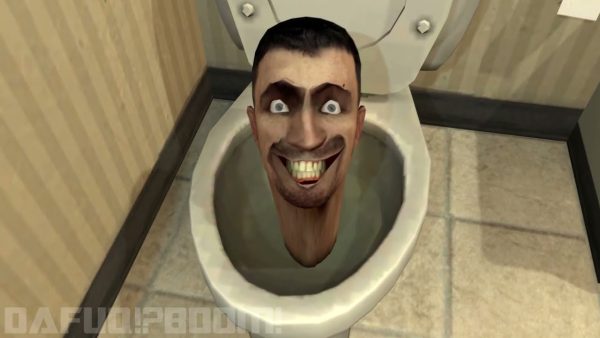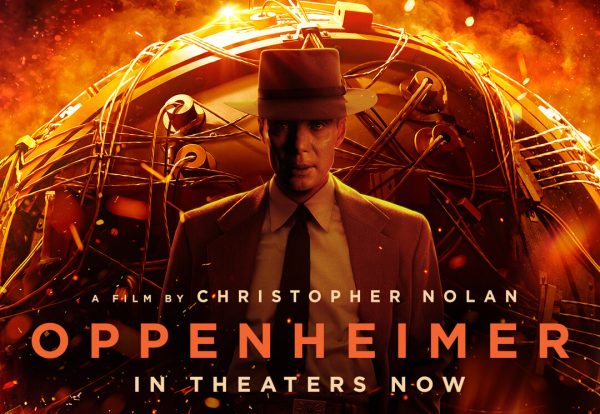Moana: The beginning of an era
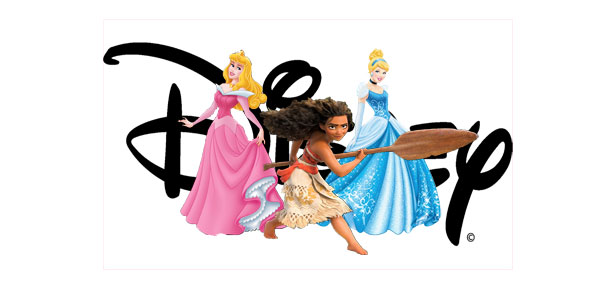
Moana stands with the most iconic Disney princesses.
December 13, 2016
When I first heard of Moana, I was unsure of what to think. I was happy that Disney was finally having a more ethnically diverse princess, but I was nervous about if Disney would be able to portray the character without stereotyping. When the incident with Disney’s culturally insensitive Moana-themed costumes hit the news, I was tempted to avoid the movie completely. I saw it as a sign that everything would go wrong.
Once the movie was released, my nieces and nephews were begging to go see it. As a self appointed “best Uncle,” I sucked up my pride and chaperoned them to the theater. Imagine my surprise when I realized that Moana may just be the best princess movie Disney has made so far.
Moana, voiced by Auli’i Cravalho, was an instantly lovable and relatable character. She dreamed of travelling the sea, but, as the chief’s daughter, she was expected to lead her people. In the most realistic character portrayal by Disney to date, Moana chose to put aside her own desires and devote herself to helping her island and its people.
However, Moana is forced to leave the island when the vegetation and life begin to fade as a result of an ancient curse. To save her people, Moana ventures to find the demigod Maui and force him to help her break the curse.
There are some issues with the depiction of Maui. Critics have said that Maui’s exaggerated size and overall brutish demeanor is perpetuating several negative Polynesian stereotypes. Personally, I find that categorizing Maui as ‘brutish’ does not reflect his true character. He was a well rounded character who struggled deeply with his self worth and confronting his mistakes. While there is no excuse for Maui’s physical errors (as he is historically described as a lithe teenager on the verge of manhood), Maui’s character portrayal itself was very well done.
Throughout the movie, Moana doubts her own abilities. Like Maui, she questions her self-worth and is shown questioning whether she can truly save her people. As someone who struggles with similar self-image issues (like most teenagers) I found this aspect of Moana to be immensely appealing. When she almost quit her mission, saying that she wasn’t strong enough, wasn’t good enough to save her people, I found myself on the verge of tears. How many times had I doubted myself? How many times had I thought that I wasn’t good enough? It was a rough scene.
The animation was beautifully executed, with every tree, insect, and rock crafted with loving precision. Moana’s body type was ideal (slim and muscular) but believable- as are most human aspects of this movie. Moana’s hair got in her face; Maui’s magic didn’t always work as planned; and characters stumble and trip and don’t immediately know how to fight or sail. (Unlike in Tangled, where a sheltered girl can take out palace guards with a frying pan.)
The most offensive aspect of this movie is the Kakamora, a group of coconut clad mercenaries who attempt to rob Maui and Moana during their voyage. The Kakamora are an ancestral group of Polynesian people, and depicting them as silly pirates is offensive. Furthermore, “coconut” is commonly used as a racial slur against Pacific Islanders and Polynesian people. While Disney no doubt meant these characters to be silly and fun, these “coconut people” are in extremely bad taste.
Even so, the movie may have been one of the best princess movies Disney has done so far. Perhaps it is no Mulan, but Moana is more diverse and culturally representative than the other Disney movies. The soundtrack is beautiful; the story flowed well between scenes; the characters are relatable; and it was an overall good rendition of the classic princess archetype. Finally, Disney created a princess movie with not only a well-rounded and resourceful heroine, but also no love interest.
Moana isn’t perfect. Disney is still learning to be culturally sensitive after years of white-washing princesses. However, it is an early attempt at Disney’s new movement to include characters of color in their series. I’m excited to finally have movies with no Caucasian people after years of seeing no color on screen. Even so, the struggle for representation is not over yet. There are still not enough diverse characters.
This movie is the beginning of a new era for Disney: an era of diversity and representation. Good job Disney. Now make the next movie better.


